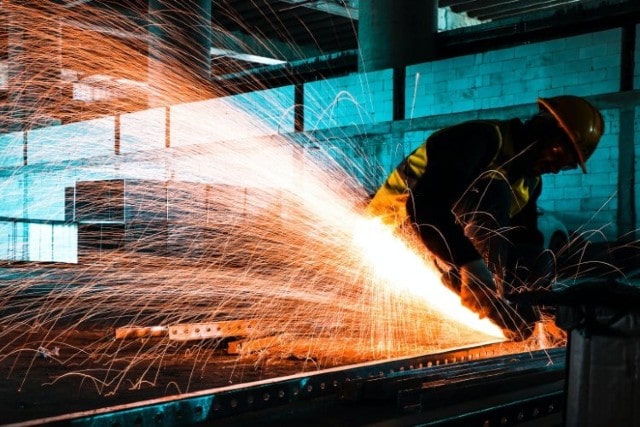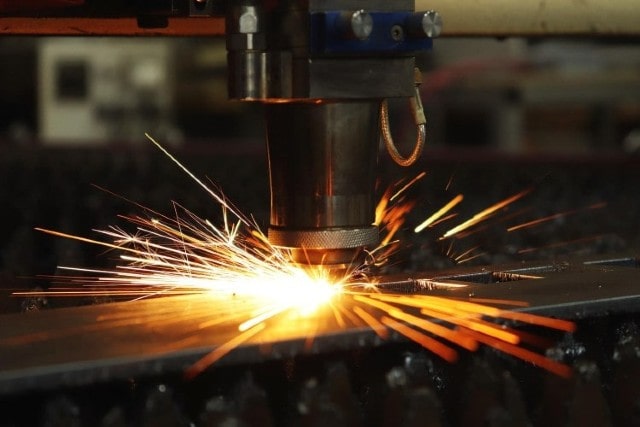Sheet metal is versatile, readily available and easily worked with, making it a popular choice for fabrication. Sheet metals are used when the thickness of material is required to be consistent across the entire surface, with the rigid yet flexible material finding use across various applications, both indoors and out.
Various software applications are used to create sheet metal designs, but quite often, the design on the computer does not translate well to the material in production. This mismatch between the digital design and the physical application can have undesired results. However, there are some basic tips you can incorporate into your design process for better fabrication.

Designers often focus on the larger picture and tend to forget the minute details. Such minute details matter a lot when technicians have to convert the design into reality. Consequently, it’s always better to anticipate and then design every aspect of the final product. The function and utility of the final product play a huge role in the design phase too. The details of every aspect that will have an impact during fabrication should be anticipated, and such details should be incorporated into the design phase. In short, design for everything you can anticipate, and include the hardware specifications in the digital design file.
While it’s important to anticipate the details, you also have to consider the time taken for design. The fabrication of the final product happens after multiple rounds of prototyping, as it’s near impossible to have the perfect design on the first go. You’ll have to go back to the drawing board and correct your mistakes. Once you try to fabricate the primary design, you’ll realize the deficiencies of the design and can then make improvements for the next prototype. This means you have to strike a balance between the design details for each step and the time taken to design prototypes.
The fabrication capability is an important factor that has to be considered while designing. Some design elements may require specialized tools and/or a skilled technician, so if your workshop cannot deliver what you’ve designed, the design is of no use. You have to understand the resources, machines, and expertise available at the workshop where the product will be fabricated, and your design should reflect those capabilities.
According to Wikipedia, “Engineering tolerance is the permissible limit or limits of variation.” The material from which sheet metal is made has physical tolerances and the shapes you need to fabricate also have permissible limits. You have to factor in such tolerances while preparing sheet metal designs. For example, some common tolerances to accommodate are size tolerance, position tolerance, bending tolerance, etc. You also have to allow for various screw clearance holes.

Multiple fabricated sheet metal pieces are often brought together to form the final product. In such instances, adequate clearances have to be built in during the design process. Clearance is defined as being the small gap you leave between two parts, and such clearance is required to accommodate the engineering tolerance of materials and the small variations that may arise during fabrication. For typical sheet metal applications, the clearance required is 5%-10% of the metal thickness, but this might be different for your specific application.
You’ll need to include holes of various sizes in the digital design for different components or connectors. Quite often, there is a mismatch between the holes sizes in the design, as most design applications add some extra thickness to the hole size. This mismatch occurs as circular shapes cannot be precisely represented on digital screens where square pixels are used, and you’ll need to keep this mismatch in mind while creating sheet metal designs. Beyond hole sizes, you may also face some mismatch in other factors such as:
Safety is an important factor you need to consider while creating sheet metal designs. For starters, you have to consider the safe use of the end product. For example, there shouldn’t be any sharp edges or other design elements that could cause cuts or scrapes to the user. You also have to consider the safety of the technician who fabricates the material. As always, it’s best to avoid designs that have a tendency to cause accidents in the workshop.
As with any design process, a lot of thought and effort should go into preparing sheet metal designs. This includes balancing the time taken for the project, fabrication capabilities, design constraints, safety, and various other factors. Ultimately, most of the considerations you have to make are simple and common sense stuff, with the core consideration of any kind of design being to keep it simple and to use common sense.
Our sales engineers are experts in automatic asset tracking, tagging and identification,a nd can answer all your questions. Get in touch now.
Lets Talk ›